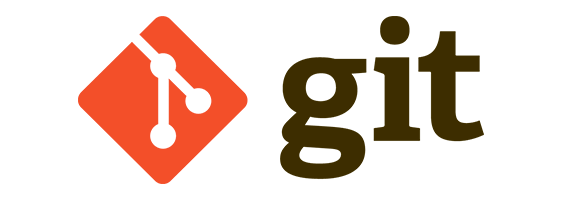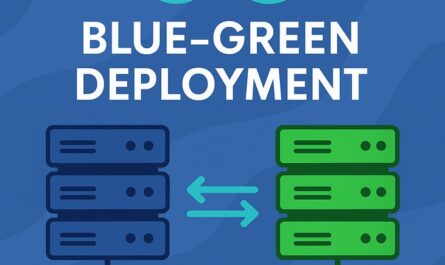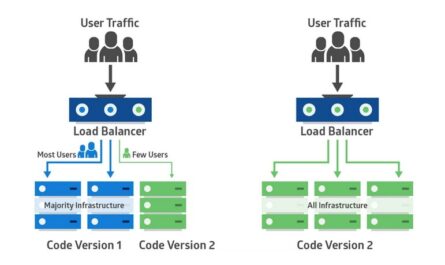Optimizing Git Cloning for Deployment: Why You Should Use
git clone --branch dev --depth 1
In modern software development, speed, efficiency, and scalability are non-negotiable. Whether you are building a deployment pipeline, initializing infrastructure as code, or simply working with a distributed development team, how you clone your repositories can have a significant impact on the overall performance and resource usage. One of the most effective commands for efficient cloning is:
git clone --branch dev --depth 1 https://github.com/your/repo.git
This blog post explores what this command does, why it is beneficial, and best practices when using it during deployments and DevOps automation. With over 1800 words, this in-depth guide will help WordPress users, DevOps engineers, and developers optimize their Git workflow for speed and efficiency.
Understanding the Command
1. git clone
The git clone command is used to create a copy of an existing Git repository. It is one of the most frequently used Git commands.
2. --branch dev
This flag tells Git to clone only the dev branch instead of the default branch (typically main or master). This is useful when you are working on a specific feature branch or staging environment.
3. --depth 1
This is the key part of what is known as a shallow clone. Instead of cloning the entire history of the repository, it fetches only the latest snapshot (commit) of the specified branch. This drastically reduces the size of the clone.
4. https://github.com/your/repo.git
The URL points to the remote Git repository you want to clone.
Benefits of Cloning a Specific Branch with Shallow Depth
1. Improved Clone Speed
When deploying applications or spinning up ephemeral environments, time is critical. Shallow cloning with --depth 1 speeds up the process because Git fetches only the latest commit and skips the entire commit history.
2. Reduced Disk Usage
In CI/CD pipelines, where ephemeral runners or containers are spun up frequently, minimizing storage use is crucial. A shallow clone saves disk space and helps avoid unnecessary bloat.
3. Targeted Deployment
Cloning a specific branch like dev ensures that the code matches the environment it is meant for (e.g., development, staging, or production). This reduces the risk of deploying the wrong code.
4. Faster CI/CD Pipelines
Many pipelines spend a significant amount of time cloning repositories. By using a shallow clone, you can significantly cut down the time needed for your pipelines to complete, increasing deployment velocity.
5. Security and Isolation
Only fetching the required branch limits access to other branches, which is good from a security and compliance perspective. This is especially useful when giving limited access to external contributors or automation scripts.
Use Cases in Deployment Scenarios
1. Kubernetes Deployments
In Kubernetes environments, deployment containers can use a shallow clone to pull configuration manifests or Helm charts faster.
FROM alpine/git
RUN git clone --branch dev --depth 1 https://github.com/your/repo.git /app
2. GitHub Actions
In GitHub Actions, you can use actions/checkout with depth and branch options:
- uses: actions/checkout@v3
with:
ref: dev
fetch-depth: 1
3. Docker Builds
Speed up Docker image builds by cloning only what’s needed:
RUN git clone --branch dev --depth 1 https://github.com/your/repo.git /src
WORKDIR /src
RUN npm install && npm run build
4. Serverless Deployments
When deploying serverless functions (AWS Lambda, Google Cloud Functions), time and size are critical. Shallow cloning helps meet execution environment limits and faster deployments.
Potential Drawbacks and How to Mitigate Them
1. Lack of Commit History
Shallow clones don’t contain previous commits, making operations like git log, git bisect, or reverting commits impossible. This is acceptable for deployments but not suitable for debugging.
Mitigation: Use full clone only for debugging or local development.
2. Detached HEAD Warning
Using a specific branch in CI may sometimes result in a detached HEAD state. This usually doesn’t affect builds but can confuse scripts relying on branch names.
Mitigation: Explicitly check out the branch after clone:
cd repo && git checkout dev
3. Git Submodules
If your repository uses submodules, --depth 1 may cause issues unless you also initialize submodules properly.
git submodule update --init --depth 1
Best Practices for Using git clone --branch <branch> --depth 1
1. Use in CI/CD Only
Keep shallow clones for CI/CD or deployment environments. For development, use full clones.
2. Avoid in Merge/Tag Validation
Since shallow clones don’t have full history, they’re unsuitable for validating tags, merges, or pull request ancestry.
3. Combine with .dockerignore and .gitignore
Keep your Docker images clean by avoiding unnecessary files:
.dockerignore:
.git
node_modules
*.log
.gitignore:
build/
.env
4. Use SSH for Private Repos
Use SSH-based URLs for private repos to avoid authentication issues in automated systems:
git clone --branch dev --depth 1 git@github.com:your-org/private-repo.git
5. Regularly Clean Up Build Agents
If using shallow clones in self-hosted runners, periodically clean up workspaces to prevent caching issues.
Comparing Clone Strategies
| Strategy | Description | Use Case |
|---|---|---|
git clone |
Full clone of all history and branches | Development, Debugging |
git clone --depth 1 |
Latest commit of default branch only | Basic CI/CD builds |
git clone --branch dev --depth 1 |
Latest commit of specific branch | Targeted Deployments |
git clone --single-branch |
Avoids fetching all branches | Lightweight local clone |
Real-World Example: GitLab CI/CD
Here’s a GitLab CI example using shallow cloning:
stages:
- build
build_app:
stage: build
image: docker:latest
services:
- docker:dind
before_script:
- git clone --branch dev --depth 1 https://github.com/your/repo.git
script:
- cd repo
- docker build -t my-app:dev .
Conclusion
Using git clone --branch dev --depth 1 is a powerful yet simple way to streamline deployments, CI/CD workflows, and infrastructure automation. It ensures only relevant code is fetched, improving speed, saving resources, and reducing risk. For DevOps engineers and developers working with containerized apps, cloud-native platforms, or GitOps pipelines, adopting shallow, branch-specific cloning is a smart move.
Whether you’re deploying microservices on Kubernetes, automating builds with GitHub Actions, or managing cloud infrastructure, this cloning technique is an essential part of your DevOps toolkit.
Start optimizing your Git usage today by adopting shallow clones for your deployments and see the difference in performance and reliability.







